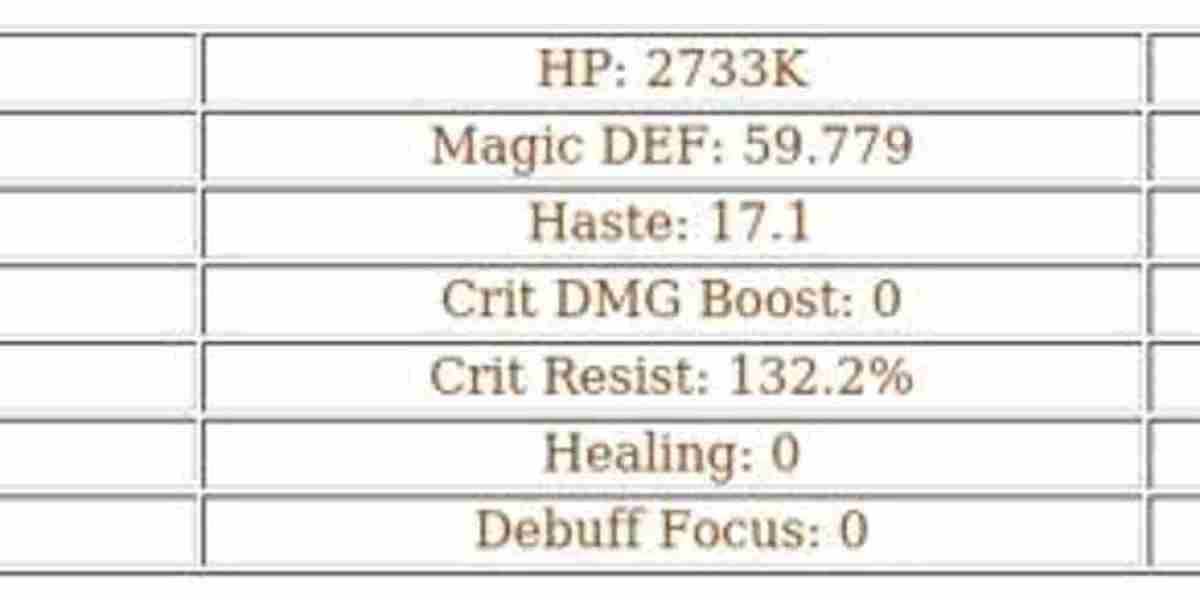The stainless steel market has long been driven by its outstanding corrosion resistance, a property that makes it indispensable across industries like construction, automotive, food processing, and energy. Recent innovations in corrosion-resistant stainless steel grades are reshaping market dynamics by enabling manufacturers to deliver enhanced performance, longer service life, and cost efficiencies. These advancements are expected to play a pivotal role in expanding stainless steel’s application footprint from 2025 to 2030.
Why Corrosion Resistance Matters
Corrosion is a major challenge in harsh environments involving moisture, chemicals, salt, and temperature variations. Stainless steel’s ability to resist rust and degradation ensures:
Extended equipment lifespan
Reduced maintenance and replacement costs
Improved safety and reliability
Compliance with stringent industry standards
Industries with aggressive operational conditions—such as marine, chemical processing, and food and beverage—rely heavily on corrosion-resistant materials to maintain productivity and quality.
Innovations in Corrosion-Resistant Grades
Recent developments focus on enhancing the intrinsic properties of stainless steel through alloy design, surface treatments, and hybrid technologies.
1. Advanced Austenitic Stainless Steels
New austenitic grades are engineered with optimized chromium, nickel, and molybdenum content to deliver superior resistance to pitting and crevice corrosion in chloride-rich environments. These alloys are crucial in coastal infrastructure, desalination plants, and chemical reactors.
2. Duplex and Super Duplex Stainless Steels
Duplex grades combine austenitic and ferritic structures, providing a balance of high strength and corrosion resistance. Innovations have led to super duplex variants with increased tolerance to stress corrosion cracking, ideal for offshore oil and gas platforms and marine vessels.
3. Ferritic Grades with Improved Performance
Ferritic stainless steels, traditionally known for moderate corrosion resistance, are being enhanced through microalloying and thermomechanical processing. These developments improve oxidation resistance and weldability, expanding their use in automotive exhaust systems and industrial equipment.
4. Coatings and Surface Modification
Emerging surface technologies—such as laser surface alloying, nitriding, and nanocoatings—further enhance corrosion resistance without significantly increasing material costs. These coatings extend the life of stainless steel parts exposed to extreme environments.
Market Impact of Corrosion-Resistant Innovations
Wider Application Range: New grades enable stainless steel use in sectors and geographies previously limited by corrosion challenges.
Cost Efficiency: Longer-lasting materials reduce lifecycle costs despite higher upfront prices.
Sustainability: Enhanced corrosion resistance decreases material waste and supports circular economy practices by extending product usability.
Competitive Advantage: Manufacturers offering specialized grades meet the demands of niche markets, strengthening their market position.
Industry Adoption Trends
Oil & Gas: Super duplex stainless steels are increasingly used for subsea pipelines and equipment to combat harsh underwater conditions.
Marine and Infrastructure: Advanced austenitic grades enable longer-lasting coastal construction and desalination plants.
Food and Beverage: Improved ferritic grades offer affordable alternatives for sanitary equipment with enhanced hygiene and durability.
Automotive: Corrosion-resistant ferritic stainless steels gain traction in exhaust systems and underbody components, promoting vehicle longevity.
Regional Insights
Asia-Pacific leads in the adoption of innovative corrosion-resistant stainless steels, fueled by infrastructure development and expanding chemical and petrochemical industries.
Europe focuses on high-performance grades for renewable energy and advanced manufacturing.
North America emphasizes material innovations for oil and gas as well as automotive lightweighting.
Future Outlook: 2025–2030
The stainless steel market will continue to benefit from ongoing R&D in corrosion-resistant alloys. Future innovations are expected to target:
Greater resistance to emerging corrosive environments caused by new chemicals and extreme climates.
Integration with digital monitoring technologies for predictive maintenance.
Eco-friendly alloying elements that reduce environmental impact.
Conclusion
Innovation in corrosion-resistant stainless steel grades is a major growth driver in the stainless steel market. By enabling more durable, cost-effective, and sustainable solutions, these advancements open up new industrial applications and geographic markets. As industries face increasingly demanding environments, stainless steel’s evolution in corrosion resistance ensures its position as a material of choice well into the future.




